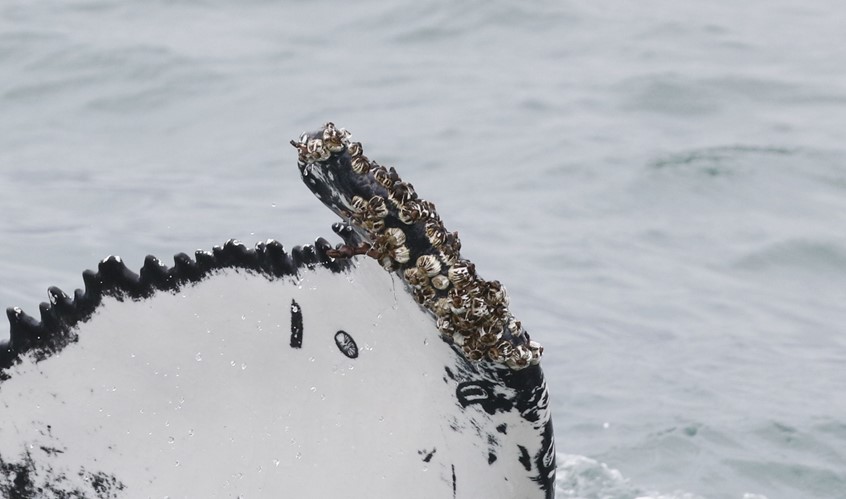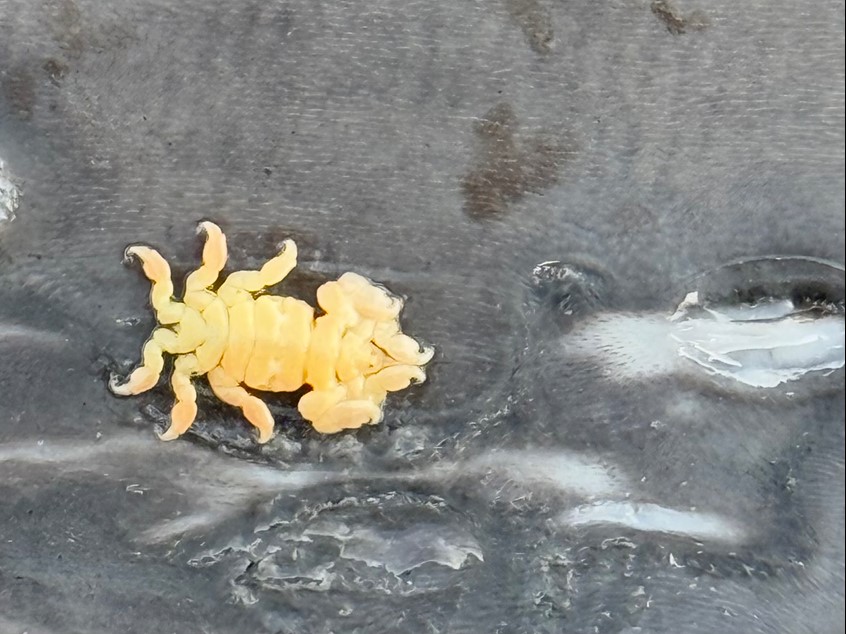THE TINY HITCHHIKERS OF THE WHALE WORLD

When we think of whales, we imagine enormous, majestic animals gliding through the ocean. But look a little closer, and you’ll find that whales are never truly alone. Their skin often hosts small “colonies” of creatures such as barnacles, whale lice, and sometimes remoras.
Barnacles
Barnacles are probably the most noticeable whale companions. They attach themselves firmly to the whale’s skin, turning the whale’s body into a kind of living reef. From this mobile home, they filter tiny food particles from the water as the whale swims. While barnacles don’t harm whales directly, they can sometimes create drag, like carrying extra luggage. Interestingly, barnacles themselves can become a home for whale lice!

Whale Lice
Despite their name, whale lice aren’t insects at all, they’re small crustaceans related to crabs and shrimp. They live in the folds of skin, around scars and fins. Growing up to 2.5 cm long, they’re surprisingly large for parasites that live on skin. Whale lice feed on flakes of skin or algae, and although they sound unpleasant, they’re usually harmless to their giant hosts.

Remoras
Occasionally, whales are joined by remoras, fish with suction-cup-like heads that let them hitch a ride. Remoras often follow for an easy meal, feeding on leftovers when the whale eats.
Together, these creatures create a whole micro-ecosystem that travels across oceans on the back of a whale. They remind us that even the largest animals are part of a much bigger web of life, carrying communities both vast and microscopic wherever they go.
Text & Photos: Dimitra Perari (Guide)
